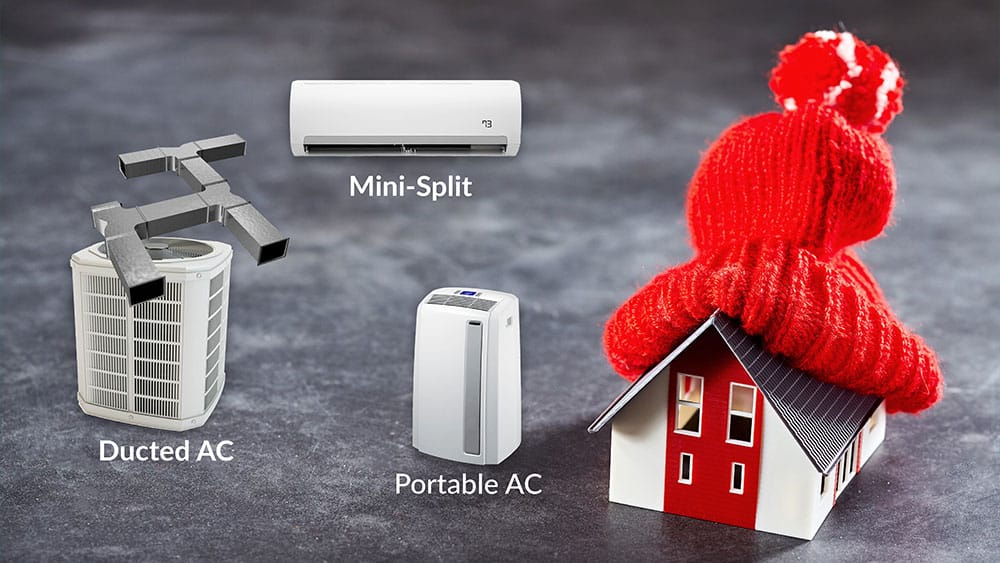Heat pumps don’t make heat. They rearrange heat from the ground or air and utilize a refrigerant that courses between the indoor fan curl, or air overseer, unit and the outside blower to move the warmth.
In cooling mode, a heat pump ingests heat inside your home and deliveries it outside. In warming mode, the heat pump assimilates heat from the beginning external air, even virus air, and deliveries it inside.
For emergency repairs, please visit the link.
WHAT TYPES OF HEAT PUMPS ARE THERE?
The two most normal kinds of heat pumps are air-source and ground-source. Air-source heat pumps move heat between indoor air and open air, and are more famous for private cooling and warming.
Ground-source heat pumps, now and then called geothermal heat pumps, move heat between the air inside your home and the ground outside. These are costlier to introduce; however, are normally more productive and have a lower working expense because of the consistency of the ground temperature consistently.
WHERE DO HEAT PUMPS WORK BEST?
Heat pumps are more normal in milder environments, where the temperature doesn’t ordinarily dip under freezing. In colder areas, they can likewise be joined with heaters for energy-proficient warming on everything except the coldest days. At the point when the temperature outside drops excessively low for the heat pump to work successfully, the framework will rather utilize the heater to produce heat. This sort of framework is frequently called a double fuel framework, it is very practical and energy productive.
WHAT ARE THE PARTS OF A HEAT PUMP?
Significant parts of a heat pump framework:
- Outdoor unit with a loop that goes about as a condenser in cooling mode and an evaporator in warming mode
- Refrigerant that assimilates and deliveries the warmth as it courses through the framework
- Indoor unit that contains a loop, much like the outside unit, and a fan to move the air through your home
- Compressor that compresses the refrigerant
- Expansion valve that controls the progression of refrigerant through the framework
- Reversing valve that adjusts the bearing of the refrigerant in the framework, to empower the shift among warming and cooling
For installation and maintenance of your heat pump, please click on the link.

